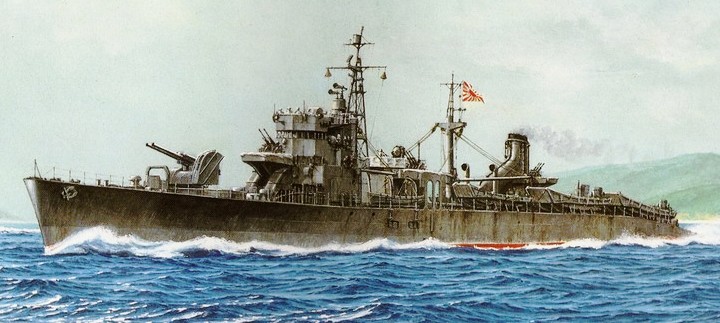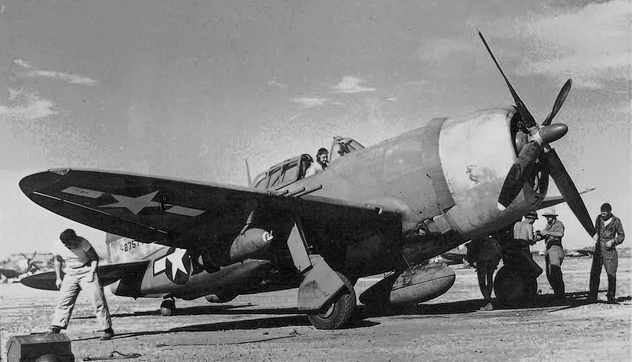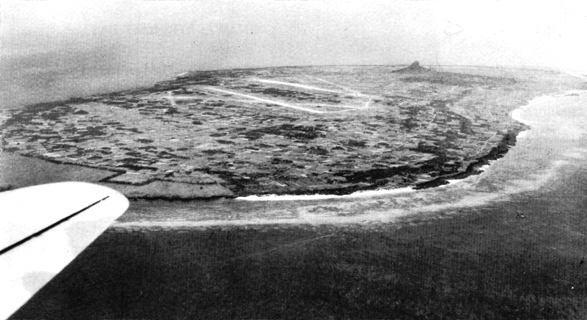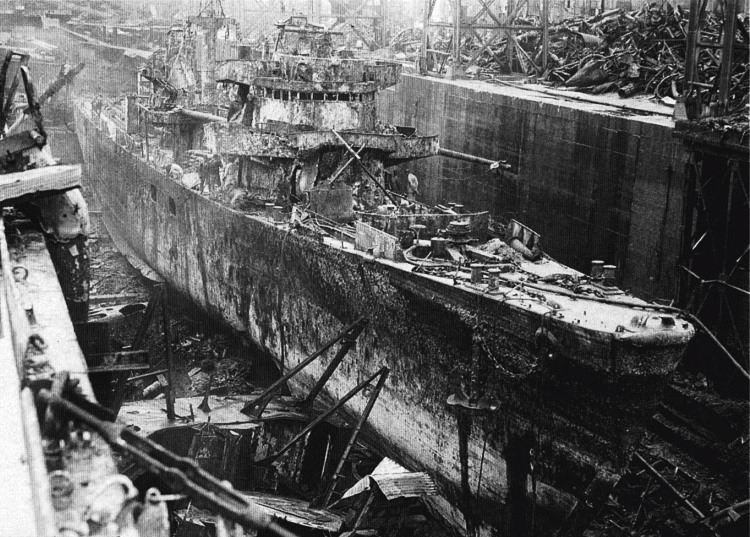| Left: P-47N “Thunderbolt” of the 318th Fighter Group armed with eight .50 cal. machine guns. They could
carry 10 rockets and up to three 500-lb. bombs. The P-47Ns flew 1,680 miles (of their 2,000 miles max.range) roundtrip
from Ie Shima, Okinawa to Tanabe harbor, Japan and back. |
|
Right: Ie Shima and its airfield and "Pinnacle" strongpoint at Iegusugu. |






